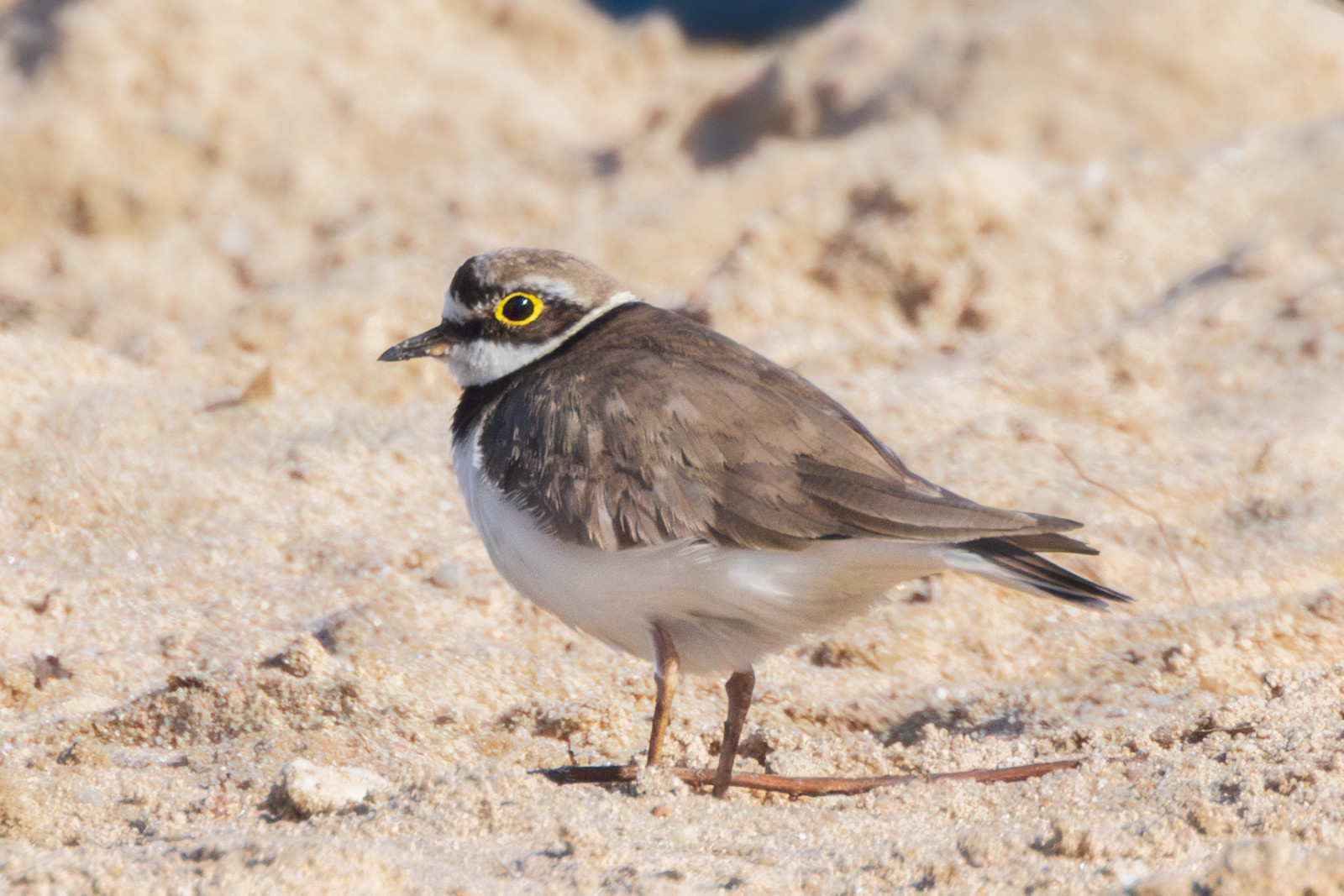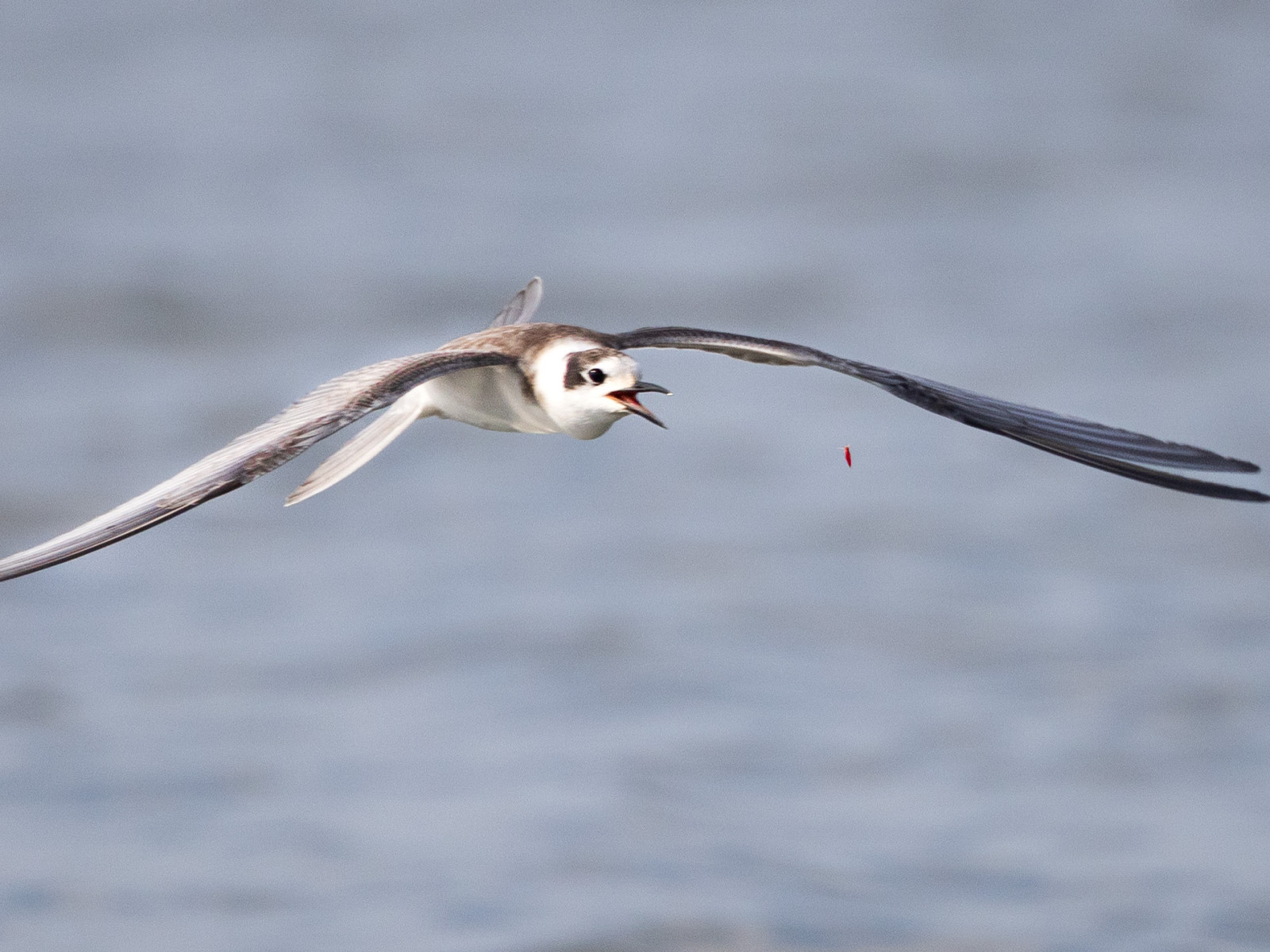Opis
The Altmühlsee is an artificial lake in Bavaria, created in the 1970s. It serves as a water reservoir and a destination for tourism. The Vogelinsel in the northeast and the extensively managed areas around it, particularly the Wiesmet, as well as the water bodies of the Seenland, attract numerous waterbirds that can also be observed on the lake.
In winter, when the water is not frozen, it becomes a popular area for nurogęś, perkoz dwuczuby, a group of bernikla kanadyjska, as well as głowienka, czernica, and świstun. Among these, notable guests sometimes appear. In some years, bielaczek visit, and gągoł are regularly observed. szlachar, nur czarnoszyi, nur rdzawoszyi, and even lodowiec have been recorded, although the chances of seeing those are better at Großer Brombachsee. czapla biała appear along the shore in winter, and among the numerous mewa romańska and fewer mewa białogłowa, some mewa pospolita can be discerned.
Spring and autumn migrations bring exciting visitors. The ślepowron, which breeds on the Vogelinsel, can sometimes be observed in the bushes that line the rivers around the lake. czapla nadobna sightings are possible, too. rybitwa czarna regularly hunt over the lake in April and May, and especially in late August and early September. Among these, the very similar, but rarer rybitwa białoskrzydła and rybitwa białowąsa are occasionally noted. rybitwa popielata has been reported in some years. mewa mała stay here in those months as well. From late August, few waders, including biegus zmienny and rarely the piaskowiec, are occasionally feeding on the sandy beaches. Here they can be observed from a shorter distance than on the Vogelinsel itself. perkoz rogaty and uhla are scarce visitors mainly in late autumn, sometimes through to the winter months.
Rarities observed here include mewa trójpalczasta, lodówka, płatkonóg płaskodzioby, and płatkonóg szydłodzioby. wydrzyk ostrosterny has been recorded four times, most recently in 2016. The exceptional sighting of a mewa preriowa in spring 2023 proves that the lake may always hold surprises.
Szczegóły
Dostęp
Individual observation points can be reached on foot from the parking areas of the respective lake centers (Seezentren): The northeastern shore (1) from Seezentrum Muhr, the southern shore and the outlet structure (2) from Seezentrum Schlungenhof or the parking area at Höhe. These spots offer the best chances for observing gulls and terns. The western shore can be accessed from Seezentrum Wald (3). Further north, the northern edge of the Vogelinsel is visible; year-round, bielik can be spotted in the trees, and rybołów during the warmer months. Much better than arriving by car is to cycle around the lake, possibly following an early morning visit to the Vogelinsel. The path around the lake is only accessible by bike and on foot, cars are prohibited. It is wheelchair-accessible.
Paddle boats can be rented at the lake centers (please respect the nature reserve boundary of the Vogelinsel!). Motorboats are prohibited on the lake.
Teren i siedlisko
Rzadkie drzewa i krzewy , Jezioro , PlażaWarunki
PłaskiTrasa dookoła
TakCzy luneta będzie przydatna ?
TakUdany sezon obserwacyjny
Przez cały rokNajlepszy czas na wizytę
Zima , Wiosenne migracje , Jesienne migracjeTrasa
Szeroka ścieżka , Droga utwardzonaPoziom trudności szlaku pieszego
ŁatwyDostępne
Pieszo , Rower , Wózek inwalidzkiCzatownia/platforma obserwacyjna
NieDodatkowe informacje
The lake is used all year round for various sailing sports, which usually causes little disturbance to the birds. In summer it was a popular bathing area. However, due to phosphorus inputs from agriculture (40 tonnes per year) and climate change-induced warming of 4°C, cyanobacteria are increasingly spreading, making swimming impossible. It remains to be seen what impact this will have on bird life.
In winter, the lake surface may be frozen. Then it may be worth searching the surrounding fields for feeding gęgawa, gęś białoczelna, kulik wielki, and even rarer visitors.





